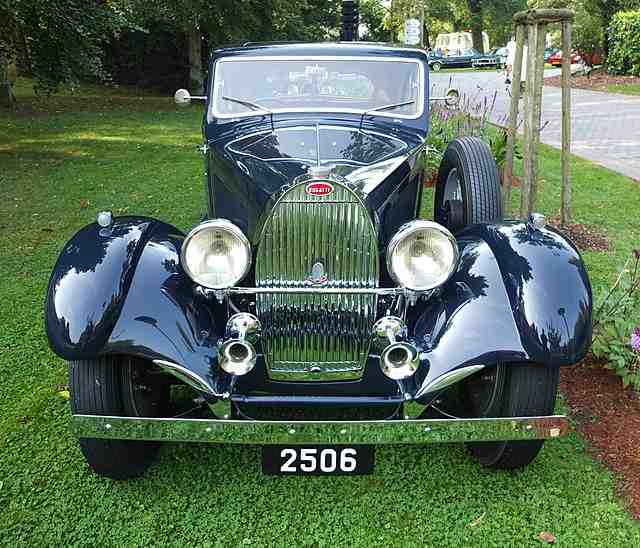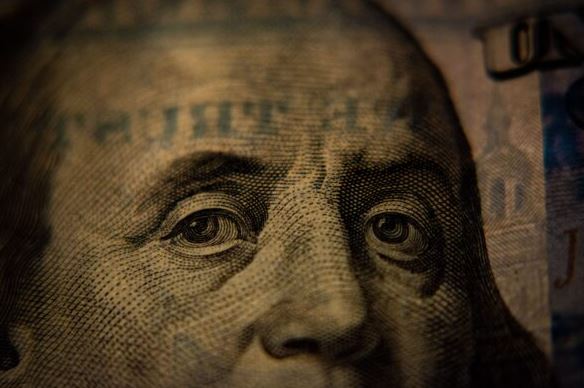In an era of volatile stock markets, soaring inflation, and uncertain geopolitical landscapes, investors are increasingly turning to alternative assets for diversification and potential high returns. Classic cars, once seen primarily as hobbies for enthusiasts, have emerged as a legitimate alternative investment class, blending passion with profit. But as we enter 2025, with electric vehicles dominating headlines and economic slowdowns looming, does parking your capital in a vintage Ferrari or Mustang still make financial sense? From an alternative investments perspective, classic cars offer unique advantages like tangible ownership and cultural cachet, but they come with risks including illiquidity, high maintenance costs, and market whims. This article analyzes the viability of classic car investments in 2025, drawing on recent data, examples from European and American marques across different classes, and comparisons to peers like art and wine.
Alternative investments—encompassing art, wine, real estate, and collectibles—have gained traction as hedges against traditional markets. According to the Knight Frank Luxury Investment Index (KFLII), which tracks “investments of passion,” classic cars have historically delivered strong annualized returns, often outpacing inflation. Over the past decade, the index shows classic cars appreciating by an average of 5-7% annually, though performance dipped in recent years amid post-pandemic corrections. In 2024, the KFLII overall fell 3.3%, but classic cars bucked the trend with a modest 1.2% gain, signaling resilience. Hagerty’s Market Rating, a key barometer for collector cars, started 2025 at a stable but cautious level, with indices like the British Car Index down 1% and the overall market seeking a new floor after a soft 2024. This stability contrasts with the S&P 500’s 24% surge in 2024, but classic cars’ low correlation to equities (around 0.2) makes them appealing for portfolio diversification.
The allure lies in scarcity and nostalgia. Unlike stocks, classic cars are finite; only so many pre-1970s models exist, and restoration standards have elevated values. However, returns aren’t guaranteed. The Hagerty Bull Market List for 2025 highlights vehicles poised for gains, including the 1961-1964 Jaguar E-Type (up 5-10% projected) and 1978-1983 Datsun 280ZX (affordable entry at $32,800 with 15% upside). Yet, broader market data from Hemmings’ 2025 investment guide shows modern classics from the 2000s up 8%, driven by millennial collectors, while blue-chip pre-war cars stagnated. McKinsey’s 2025 report projects classic cars as the only traditional collectible with demand exceeding supply, potentially fueling 8-10% growth annually through 2030.
From a risk-reward standpoint, classic cars embody the alternative investment ethos: high potential upside with asymmetric risks. Pros include tax advantages (capital gains often deferred if held long-term) and enjoyment—driving a vintage roadster beats staring at a bond certificate. Liquidity has improved via online auctions like Bring a Trailer, where sales topped $1.4 billion in 2024. But cons abound: storage and insurance can cost 1-2% of value annually, restoration eats into profits, and fakes or poor provenance can tank values. Volatility is another hurdle; the Hagerty Index fell 17% in 2023 before rebounding modestly. Compared to art (11% return in 2023 per KFLII) or wine (stable 5-8% via Liv-ex Index), cars demand more hands-on involvement.
Let’s examine examples across classes and regions to illustrate. Starting with European supercars, the Ferrari 250 GTO exemplifies blue-chip status. Produced in just 36 units from 1962-1964, this grand tourer has seen meteoric appreciation. In 2025, Hagerty values a #2-condition (excellent) example at $60 million, up from $51 million in a 2023 auction. A unique white 250 GTO is slated for 2026 auction, potentially fetching $70-80 million, reflecting 10-15% annual gains over the past five years. As an alternative asset, it rivals top-tier art like Picasso paintings, with similar auction hype but added mechanical complexity. Risks? High entry barriers and regulatory scrutiny on emissions for road use.
In the sports car class, the Porsche 911 (pre-1989 air-cooled models) offers more accessible European entry. Hagerty’s data shows 1965-1973 911s appreciating 12% in 2024, with average values at $150,000-$250,000. The 911’s enduring design and parts availability make it a “driveable investment,” yielding 8-10% annualized returns since 2015, outperforming many bonds. However, oversupply of later models could cap upside in 2025, per McKinsey. Compared to wine investments (e.g., Bordeaux vintages up 6% in 2024), Porsches offer experiential value but higher volatility tied to fuel prices.
Shifting to American muscle cars, the 1965 Ford Mustang represents an iconic entry-level option. Hagerty pegs a base hardtop at $18,900 in good condition, with fastbacks reaching $62,000. Values rose 5% in 2024, driven by boomer nostalgia and affordable restorations. As an alternative, it’s akin to mid-tier art—accessible at $20,000-50,000 entry, with 7% average returns over a decade. But liquidity is moderate; eBay sales show variability, and economic downturns hit blue-collar collectibles hardest.
For American sports cars, the Chevrolet Corvette C1 (1953-1962) blends heritage with performance. Early models like the 1955 V8 variant command $130,000 in top condition, up 8% from 2024. Hagerty notes C1s as “best value per dollar” among generations, with 10% projected appreciation in 2025 due to rarity (under 70,000 produced). Unlike European counterparts, Corvettes appeal to a broader U.S. market, mirroring wine’s regional biases (e.g., Napa vs. Burgundy). Risks include parts scarcity and EV shifts eroding gasoline nostalgia.
In luxury sedans, European examples like the 1960s Mercedes-Benz 600 “Grosser” (values up 6% to $200,000) contrast American icons like the 1957 Cadillac Eldorado (stable at $100,000). Pre-war classes, such as the 1930s Duesenberg (American, $1-2M) vs. Bugatti Type 57 (European, $5M+), show even higher returns but extreme illiquidity.
For those on a budget seeking an entry-level case, consider the 1968-1979 Volkswagen Beetle. This iconic European economy car can be found in decent condition for under $10,000, with entry points as low as $5,000 for project cars. According to Hagerty, values for these later Beetles softened slightly in early 2025 (down 2-3%), but they offer strong potential for 5-10% annual appreciation as affordable classics gain popularity among younger collectors. Parts are plentiful and cheap, maintenance is straightforward for DIY enthusiasts, and insurance runs low at $200-400 annually. As an alternative investment, it’s comparable to entry-level wine collecting—low barrier (budget under $20,000 total including initial fixes), with modest returns tied to nostalgia and cultural appeal. Risks include rust issues in unrestored examples, but with proper storage, it could yield 7-8% over five years, per Hemmings data on similar affordable classics. This makes it ideal for newcomers diversifying a small portfolio without overcommitting.
Looking to 2025, the outlook is mixed but optimistic for selective buyers. Global market size hit $43 billion, growing 8.7% annually, per industry reports. Younger investors (Gen Z/millennials) are driving demand for 1980s-2000s “youngtimers,” per Hagerty, with authenticity trumping perfection. Challenges include rising interest rates squeezing financing and sustainability concerns favoring EVs. Yet, as reports note, classic cars’ innovation spillover (e.g., influencing modern designs) adds intangible value.
Comparing to alternatives, classic cars lag art’s 56% five-year gain (vs. 21% for cars, per Artprice100 and Hagerty) but beat wine’s 18% (Liv-ex). Maintenance is lower for art (near-zero) than cars (1-3%), but cars offer depreciation-proof enjoyment. Whiskey and watches saw declines in 2024 (-5% to -10%), making cars relatively stable. For high-net-worth individuals, Bank of America reports 20% portfolio allocation to alternatives like cars, up from 15% in 2020.
In conclusion, investing in classic cars in 2025 makes sense for diversified portfolios, particularly for those blending passion with prudence. European supercars like the 250 GTO promise trophy-asset returns, while American muscle like the Mustang offers accessible growth. For budget-conscious entrants, the Beetle provides a low-risk starting point. However, treat it as a 5-10% allocation, not a core holding—research provenance, budget for costs, and enjoy the ride. As markets evolve, classic cars remain a timeless hedge, but only for the patient investor.





